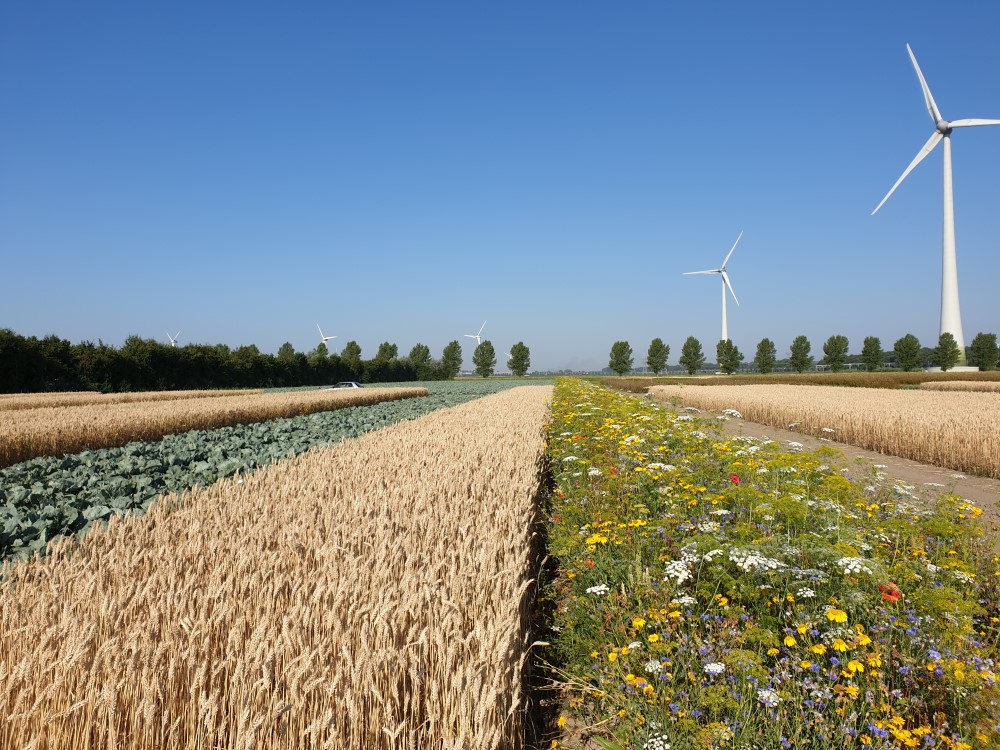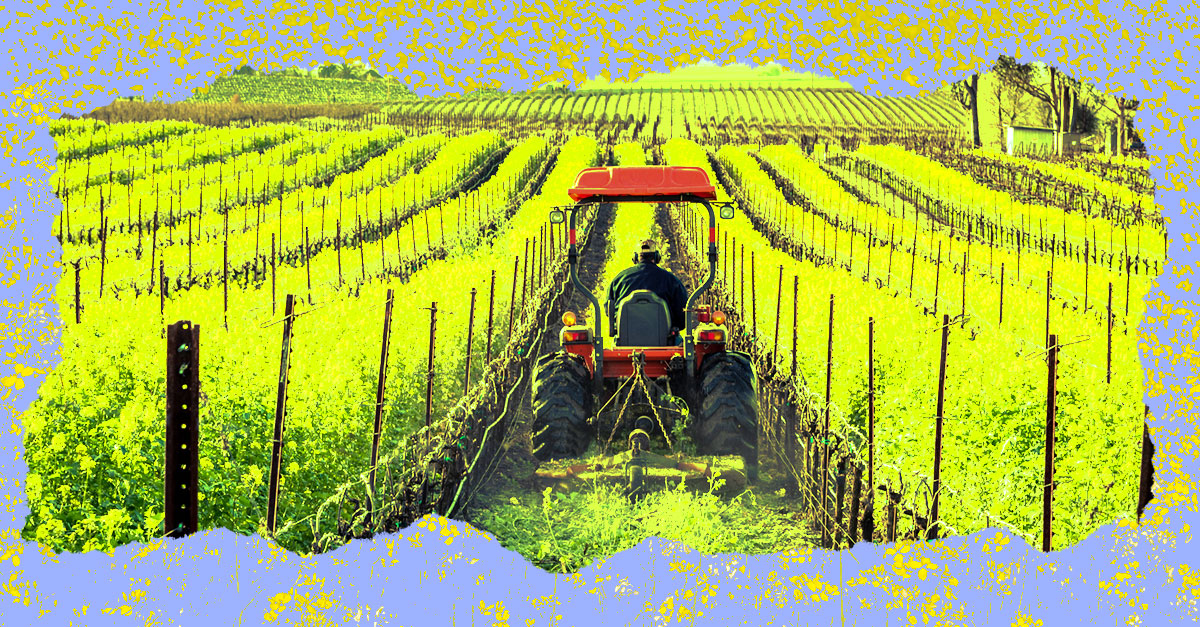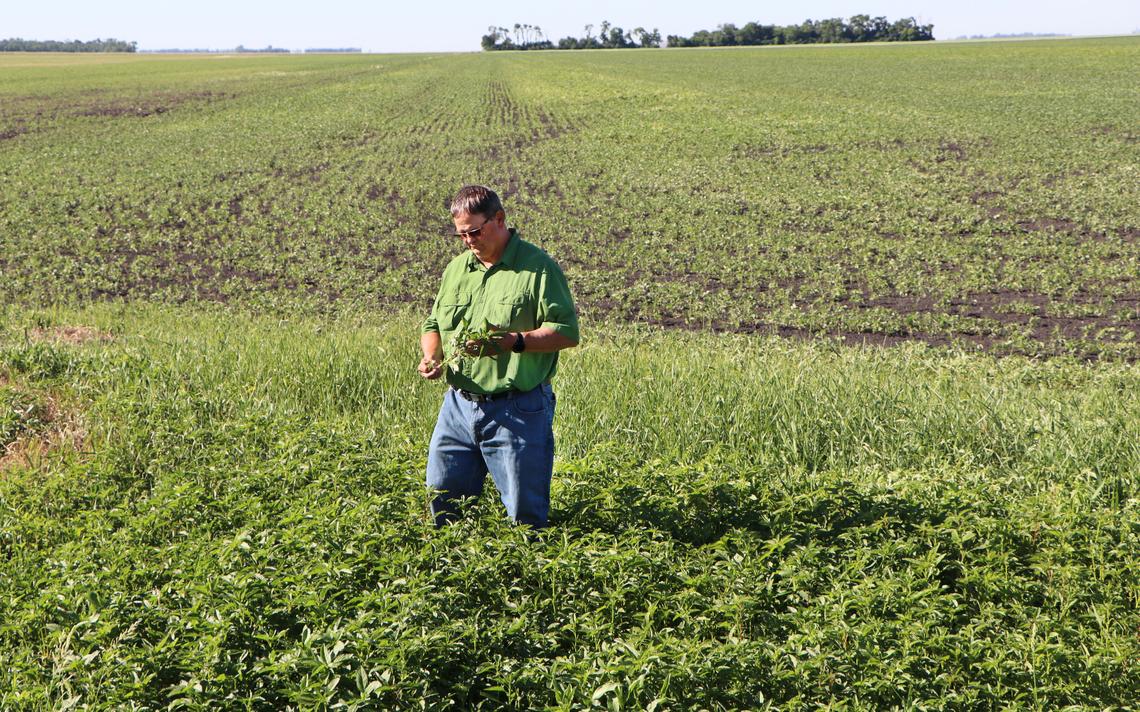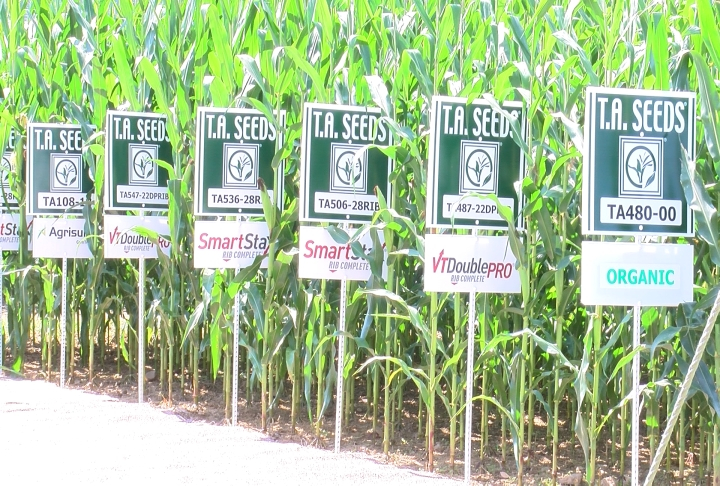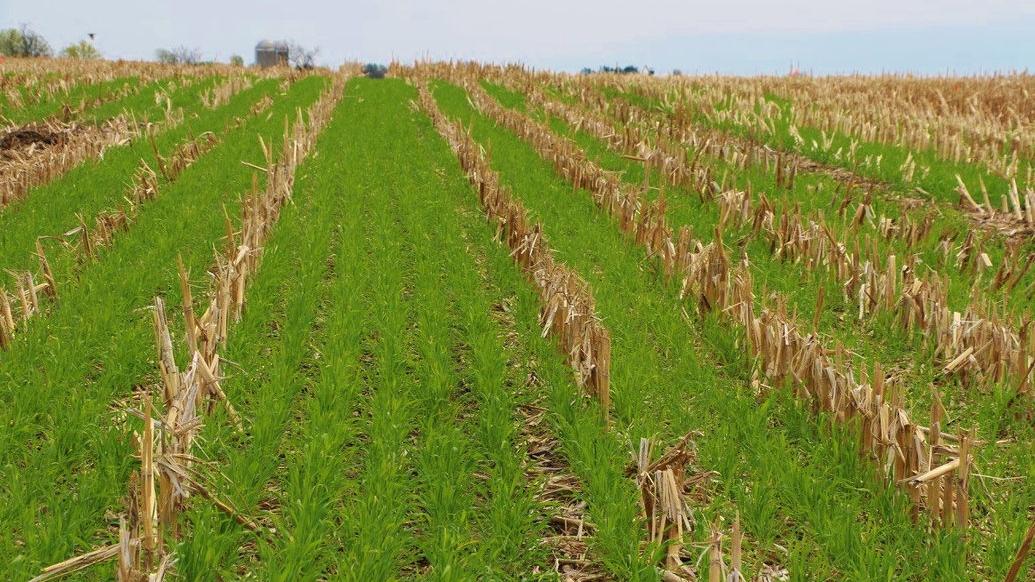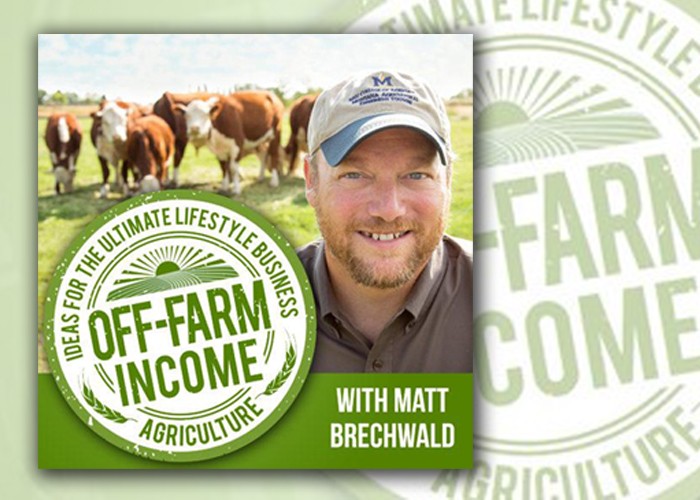 John LaRose Jr.
John LaRose Jr.
Topics: Cover Crops, Crop Consultant, Agriculture Global, Sustainability, Regenerative Agriculture, Renewable Energy (Solar/Wind),
Biodiversity in Food Systems
As we grapple with the challenges of feeding the growing world population without destroying our planet, agendas are increasingly turning to the role of biodiversity in food systems. Biodiversity at all levels – genetic, species and ecosystems – is the basis of our food system, yet our comprehension of its role is often overlooked or undervalued. WUR delivers world-leading research in both food and biodiversity. Its food systems approach acknowledges the many interlinkages between people, agriculture, biodiversity, water, health and climate change. WUR’s ambition is to leverage the role of biodiversity in this food systems thinking, and thus provide thought leadership that contributes to transforming our food systems and bending the curve of biodiversity loss.
-
(0)
-
Bookmark
- Comments (0)
 John LaRose Jr.
John LaRose Jr.
Topics: Soil Health, Cover Crops, Sustainability, Fermentation/Vineyard/Wine, Grapes,
For Cover Crops and Healthy Vines, Diversity Is Key
VinePair spoke with five winemakers to get the scoop on how cover crops are chosen, which factors are considered, and what their uses are.
-
(0)
-
Bookmark
- Comments (0)
07/09/2021 SOURCE: www.publicnewsservice.org
INDIANAPOLIS -- There's good news for soil conservation efforts in a new survey by the Indiana Conservation Partnership: Farmers in the state planted roughly 1.5 million acres of cover crops this past year. Cover crops, which can be grasses, turnips, brassicas, rye grass, or other plants, can help prevent soil erosion by anchoring roots in place and providing a food source for beneficial organisms. They can also reduce runoff from fields that leads to nutrient pollution in waterways. ...
Report: Indiana Farmers Planted More Cover Crops than Ever
-
(0)
-
Bookmark
- Comments. (0)
 John LaRose Jr.
John LaRose Jr.
Topics: Soil Health, Soybeans, Precision AG , Agriculture US, Cover Crops, Crop Consultant, Agriculture Global, Ag Podcast US, Water, Economics, Sustainability, Crop Diseases, Weather,
Blowing it? Consultant urges winter rye cover crops as a moisture and weed management tool | The Mitchell Republic
Farmers in the southern Red River Valley who experienced drought conditions a month ago, along with 50 mph winds, now have gotten a shot of rain. Soils that moved also moved weed seed, which can contaminate neighboring fields with tough-to-control waterhemp. A return to hot, dry conditions makes those weeds even harder to control.
-
(0)
-
Bookmark
- Comments (0)
 John LaRose Jr.
John LaRose Jr.
Topics: Precision AG , Agriculture US, Cover Crops, Crop Consultant, Crop Diseases, Plant Breeding, Coronavirus/COVID, Education,
-
(0)
-
Bookmark
- Comments (0)
 John LaRose Jr.
John LaRose Jr.
Topics: Agriculture US, Cover Crops, Crop Consultant, Education U.S. MidWest, Sustainability, USDA, Regenerative Agriculture,
Cover Crops Grow In Popularity, But Not Everyone Can Afford Them
For farmers, soil is everything. "I can't afford to hurt my soils."Liz Graznak is the owner of Happy Hollow Farm a 10-acre, USDA-certified organic farm in the small village of Jamestown, Missouri. Its one of only a few organic vegetable farms in the state. "My farm in general is pretty small, like the amount of ground that I'm growing in is pretty small. So we ask a lot of our soils," Graznak said. Cover crops are used to protect and improve soil health. They're plants, like red clover, that are meant to cover the ground, not to be harvested. They slow runoff, which can both reduce the loss of topsoil due to erosion, and increase soil nutrients. "Where I am farming right here, there's some significant clay in the soils and the cover crops have helped a lot," Graznak said.But because space is limited, planting cover crops isn't always an option so she turns to compost, which is more expensive."In order for me to pay my bills, I have to grow this amount of produce," Graznak said. "So we put them in where we can."Although cover crops are becoming more common, less than 10 percent of all the crop land in the U.S. has them. "We're seeing more big companies, even food companies like General Mills or clothing companies like Wrangler, that are encouraging farmers to use cover crops, which has been a big change in the last few years," University of Missouri Center for Regenerative Agriculture Director Rob Myers said. Agriculture has been seeing the impacts of climate change for years. Experts say cover crops can help fight climate change because they capture carbon from the atmosphere."If we have well-established cover crops, then the cover crops can withstand intense rainstorms because the rainstorm is going to cause what? Is going to cause a lot of erosion," Humberto Blanco, an agronomy and horticulture professor at the University of Nebraska-Lincoln, said. "So it can ...
-
(1)
-
Bookmark
- Comments (0)
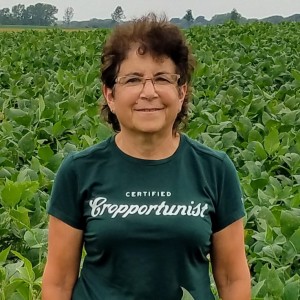 Nancy Kavazanjian
Nancy Kavazanjian
Topics: Cover Crops, USDA,
Pandemic Cover Crop Program (PCCP)
The Pandemic Cover Crop Program (PCCP), from USDA’s Risk Management Agency, reduces producers’ overall premium bills and helps them maintain their cover crop systems.
-
(1)
-
Bookmark
- Comments (0)
 John LaRose Jr.
John LaRose Jr.
Topics: Markets/Pricing, Agriculture US, Cover Crops, Ag Podcast US, Sustainability, Regenerative Agriculture, Renewable Energy (Solar/Wind),
Jason Marmon founder of US Energy and the Carbon Summit by Ranch & Range • A podcast on Anchor
US Energy Develops and implements sustainable system designs supporting community development initiatives. one of the projects currently in the works is the Carbon Summit near Bosie, Idaho. https://usenergy.org/ The Carbon Summit is positioned as a promotional platform to identify, promote, and help scale sustainable solutions. The event features the SEEDS Show around US Energy's core pillars: Sustainability, Energy, Education, Diversity, and Safety - 'Planting SEEDS, Growing Community' https://carbonsummit.org/
-
(0)
-
Bookmark
- Comments (0)
-
(0)
-
Bookmark
- Comments (0)
 Nancy Kavazanjian
Nancy Kavazanjian
Topics: Soil Health, Cover Crops, Sustainability,
SE Minnesota Self-Guided Cover Crop Tour
Visit 7 farms with 9 sites from April to July 2021 to see various ways southeastern Minnesota farmers are successfully growing cover crops.
-
(0)
-
Bookmark
- Comments (0)


